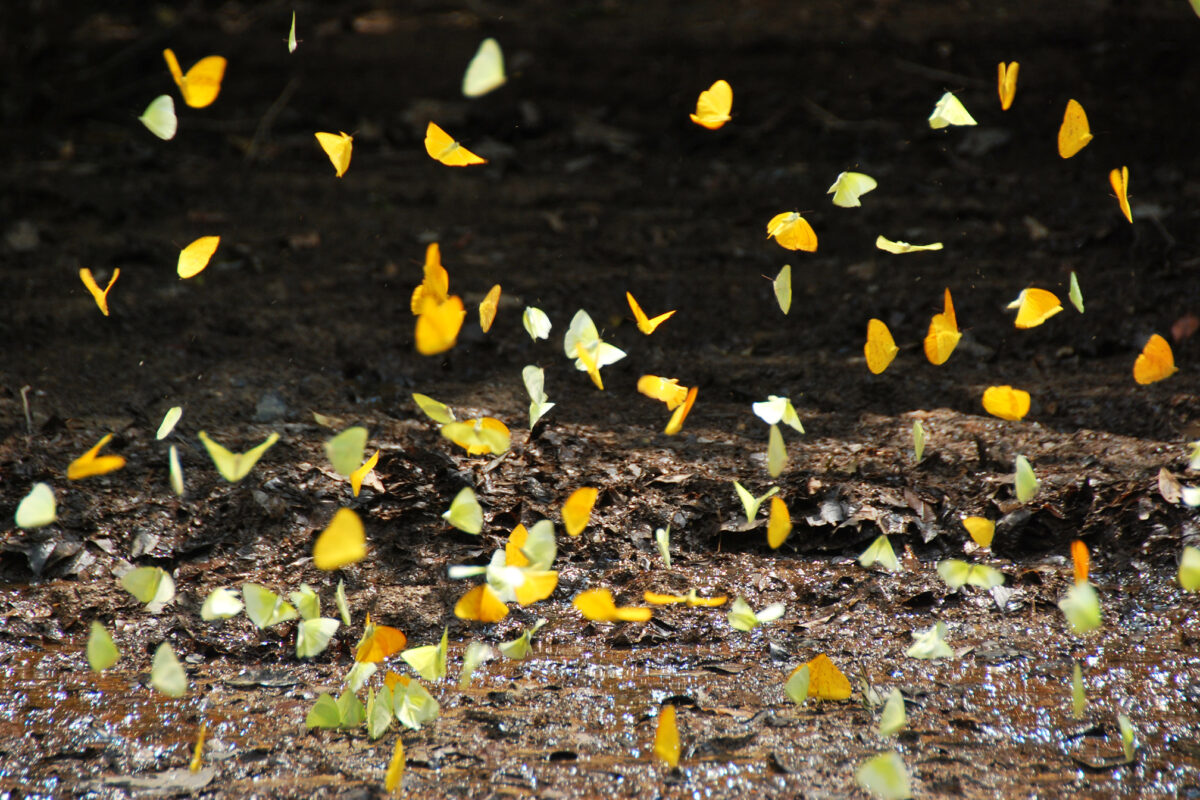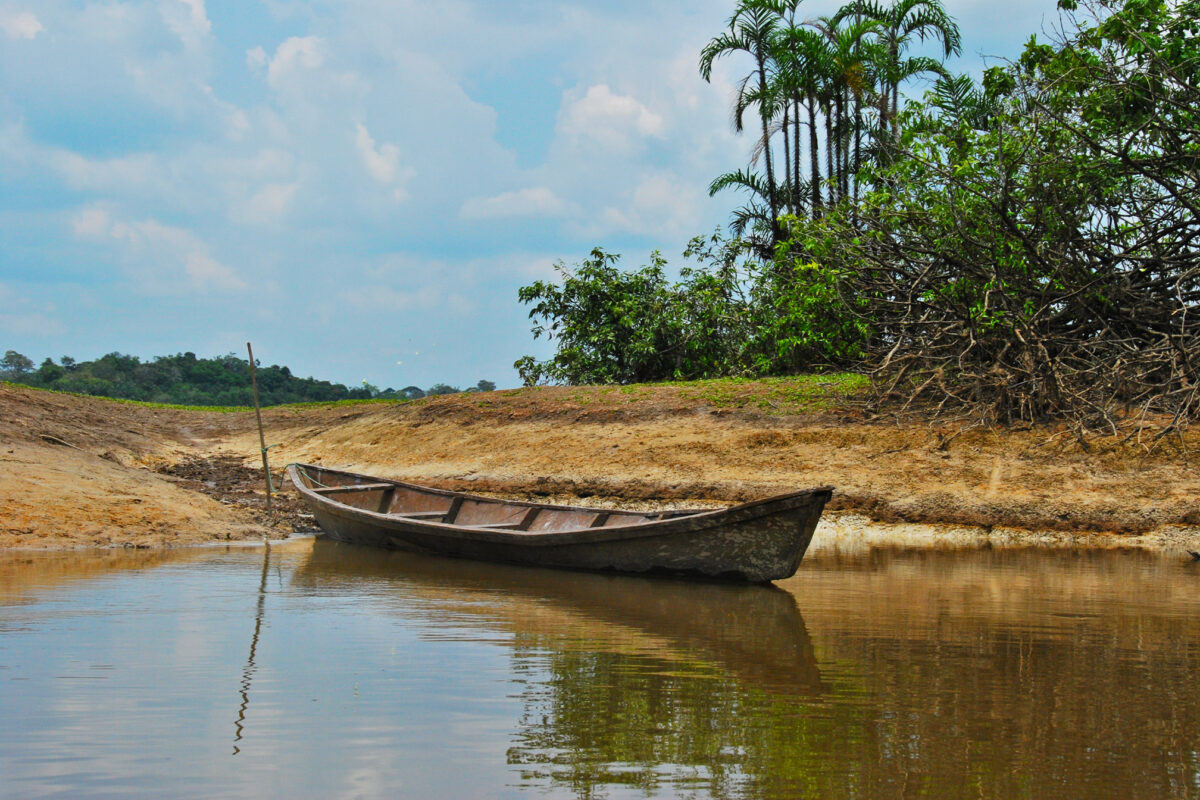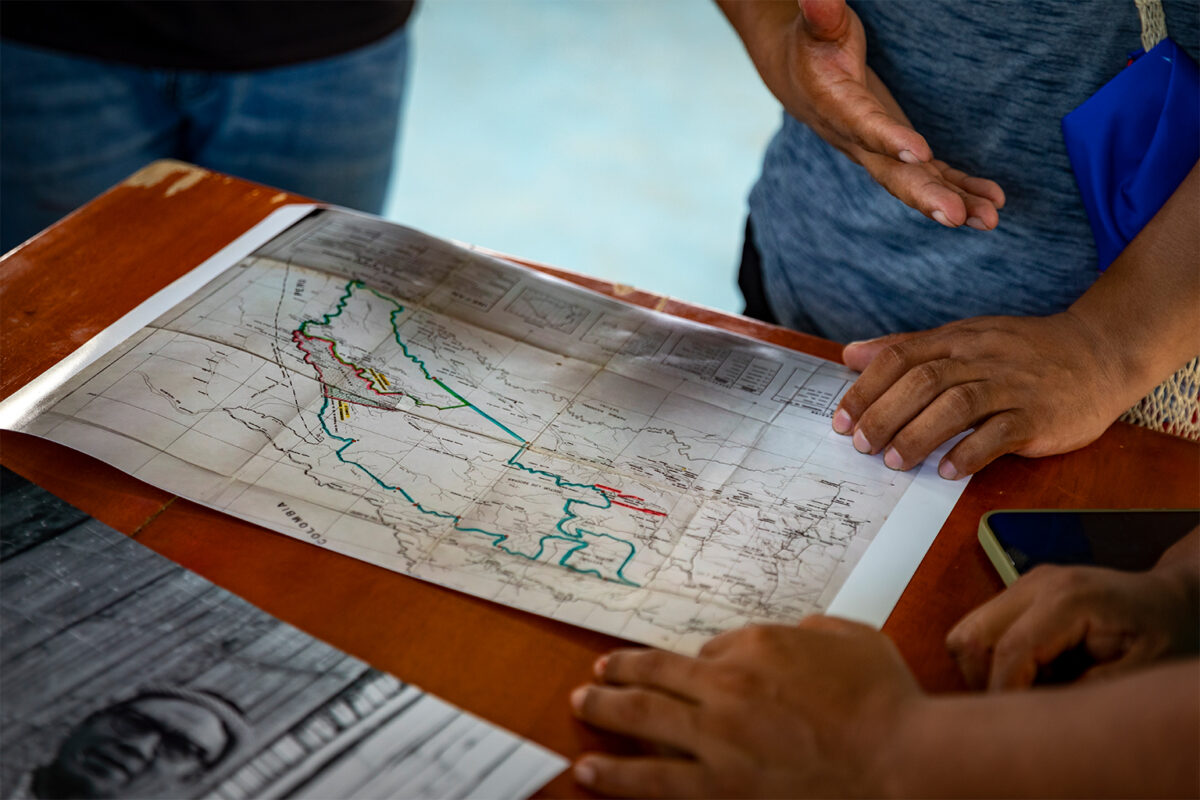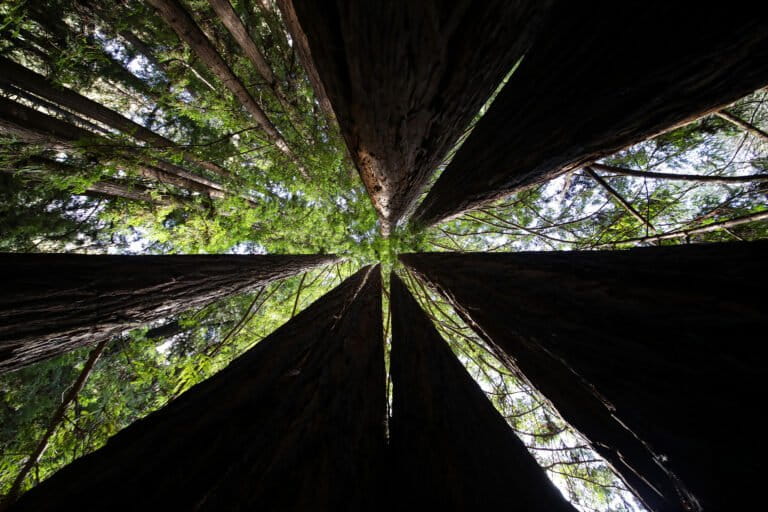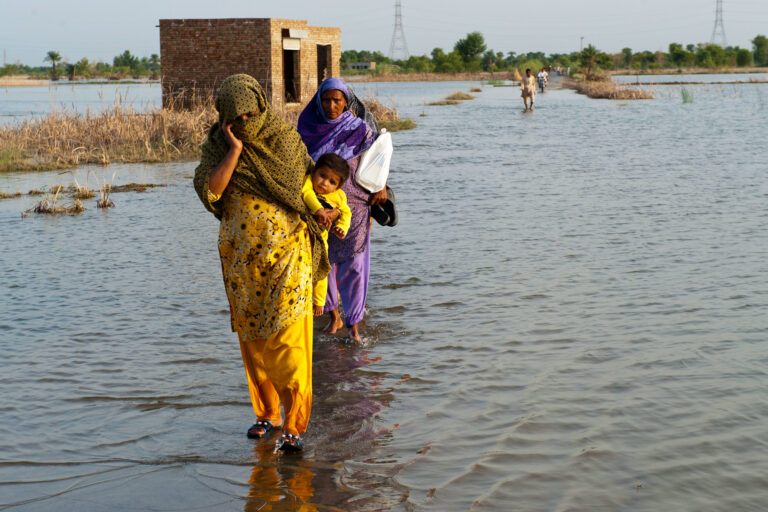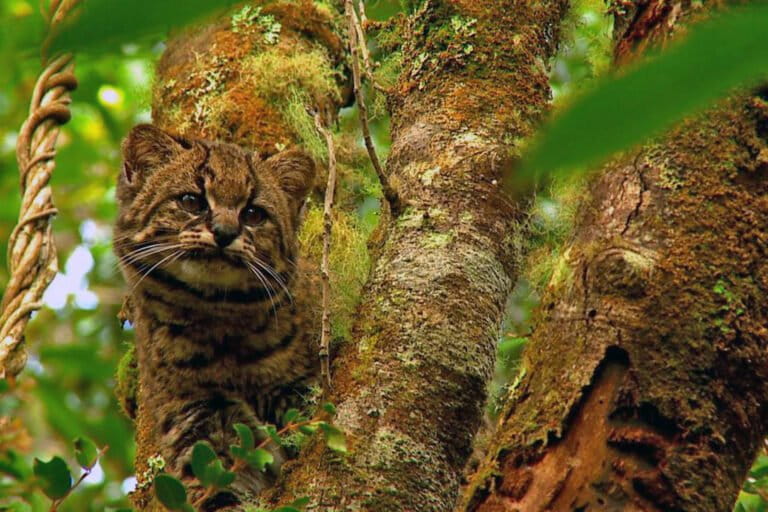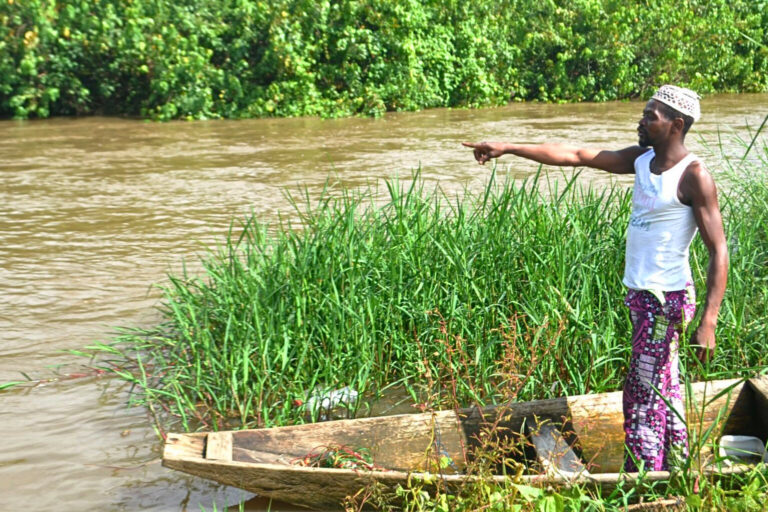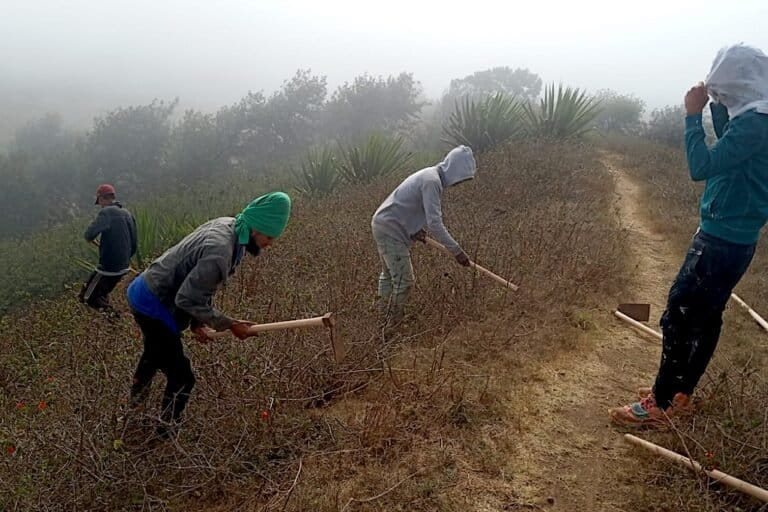- The National Institute of Ocean Technology recently conducted an exploratory deep-sea mining trial in the Andaman Sea.
- Even as the International Seabed Authority (ISA), is yet to finalize the mining code for commercial purposes, those with exploratory licenses have been conducting mining trials in international waters.
- The opposition to deep-sea mining, citing environmental impact, is also at an all-time high.
India’s government organization dedicated to developing technologies for exploring and harnessing ocean resources has been exploring parts of the Indian Ocean for the last few years. In October, the National Institute of Ocean Technology (NIOT) conducted a successful exploratory mining trial in the Andaman Sea, between India’s Andaman and Nicobar Islands and Myanmar, for obtaining polymetallic nodules from the seabed.
This trial followed surveys and identification of polymetallic nodules within the country’s exclusive economic zone (EEZ) by the Geological Survey of India (GSI). The Indian government has rights to explore this area in the sea, which extends approximately 200 nautical miles from the coast, for resources. The area includes the Andaman and Nicobar Islands in the Bay of Bengal and the Andaman Sea, and the Lakshadweep Island group in the Laccadive Sea.
The scientists at NIOT, under India’s Ministry of Earth Sciences, employed a machine called Varaha-3, specially designed for this location. “A machine was developed that can withstand the rigors in the Andaman Sea with it being a rocky area, very unlike the soft soil found at the abyssal plain, and also mine with minimal environmental impact,” said a senior scientist from the deep-sea mining team at NIOT, who asked not to be named citing a team effort. Varaha-3 weighs six to seven tons under water and has a comb-type collector mechanism to pick up nodules embedded in the sea floor.
What are polymetallic nodules?
The ocean bed has tons of potato-sized rocks, formed over millions of years, called polymetallic nodules. Proponents of deep-sea mining say these nodules, which contain cobalt, copper, nickel and manganese, among other metals, will be vital for the production of batteries in electronics and electric cars, solar panels and wind turbines, and aid in the energy transition process.
While India’s previous trial in the central Indian Ocean was with another model called Varaha-1 at a test depth of about 5,270 meters (17,290 feet), Varaha-3, with similar electrical and hydraulic systems, was operated at a depth of 1,200 m (3,940 ft) in India’s EEZ. It collected nodules that ranged in size from 60 to 120 millimeters (2.36 to 4.72 inches).
As the next step, after a more comprehensive survey of the mineable areas in collaboration with GSI, NIOT plans for another trial in the Andaman Sea in 2025. According to the deep-sea mining team, this attempt is aimed at proving the technology and the engineering system for collecting and transiting the nodules to the surface.

India’s progress with deep-sea mining
Even as the International Seabed Authority (ISA), responsible for the seabed mining policies, is yet to finalize the mining code for exploitation or commercial purposes, countries or parties with exploratory licenses have been conducting mining trials in international waters. Some national governments and mining companies plan to begin mining as soon as possible, which could be within the next few years.
The ISA has allocated 75,000 square kilometers (29,000 square miles) in the central Indian Ocean — an area almost 50 times the size of London — to India for conducting exploratory mining. The GSI has also been exploring India’s EEZ, in the Andaman Sea and Arabian Sea, to locate polymetallic nodules, and it states that surveys to find more occurrences will continue. The country’s Deep Ocean Mission, at an estimated cost of $483 million (40.7 billion rupees), also mentions the development of deep-sea mining technologies as one of its key components. And while NIOT improves on the mining system, the Institute of Minerals and Materials Technology is also working on the technology to extract minerals from polymetallic nodules. It is evident that India is gearing up to harness deep-sea minerals.
“With respect to the technology readiness level of India’s deep-sea mining system, we still have more steps to complete. We are conducting studies, fixing the configuration, and, as we get more information, we are improving the design and making it environment-friendly and efficient,” the NIOT scientist said. “While the trials are conducted in the sea, the plan is to have a complete system for collecting the nodules, sizing and pumping them up to the surface. The separated water thereafter would be disposed responsibly with minimal impact on the environment, adhering to the global standards.”
The team expects to complete the work in the next few years.

New studies
The resistance to deep-sea mining is simultaneously at an all-time high, globally. More than 900 scientists and policy experts have recommended a pause on deep-sea mining, citing the stress and impact of seabed mining on the marine ecosystem and biodiversity.
“Within just two years, 32 countries have announced their commitment to a precautionary pause or moratorium,” said Sofia Tsenikli, from Deep Sea Conservation Coalition, an alliance of organizations working to promote the conservation of biodiversity on the high seas. “In addition to states, financial institutions representing trillions of dollars, automakers, battery companies, fishing groups, Indigenous communities, human rights and climate activists, youth, and others from all walks of life, are recognizing that our planet does not need deep-sea mining and are calling for a moratorium. The message is crystal clear: humanity must find harmony with nature.”
Earlier this year, a study published in Nature Geoscience found that dark oxygen is produced at the abyssal seafloor where polymetallic nodules abound in the Clarion Clipperton Zone (CCZ) of the Pacific Ocean. The study, funded by Canada-based The Metals Company, which aims to mine polymetallic nodules in the CCZ, started debates within the scientific community. Independent researchers and mining companies voiced their skepticism and critiques. However, the study also highlighted how little we know and understand about the deep sea.
Deep-Sea Mining and the Water Column, a book published earlier this year, edited by deep-sea mining consultant and former chief scientist at India’s National Institute of Oceanography Rahul Sharma, spotlights the impact of plumes and waste discharged from mining operations in the water column. In another book published in 2022, Sharma outlines the likely environmental impacts of deep-sea mining, which include the potential mortality of zooplankton species at mid-water depths.
Another study published last year in Current Biology found that an estimated 88%–92% of species in the CCZ region remain undescribed. Researchers have foregrounded the impact of mining on benthic ecosystems and the stress from noise pollution caused by mining.
With each new study, scientists uncover previously unknown species and complex interconnections within these ecosystems. Some ecologists worry that mining in these areas could destroy habitats before we even know what lives there, and before we understand their roles in the ecosystem or their potential benefits to humanity.
“There is consensus among independent scientists that there is currently no way to avoid irreversible and permanent damage to deep-sea species and ecosystems if deep-sea mining were to go ahead,” Tsenikli said.

The decade of the ocean
As the world inches towards the halfway mark of the United Nations Ocean Decade (2021–2030), those in favor of deep-sea mining explorations recall the mission of “transformative ocean science solutions for sustainable development, connecting people and our ocean.” The Ocean Decade aims to both conserve and sustainably use the oceans and marine resources.
“Any scientific research is an ongoing exercise,” Sharma told Mongabay India. “The awareness about the environmental impacts of mining is increasing. So, the technologists are becoming conscious and are designing systems that minimize the environmental impact. Right now, we are testing the pre-pilot mining systems, and the emphasis is already about minimizing the interaction on the seabed. India is headed in the right direction.”
One of the main concerns of ecologists is the discharge of wastewater after the nodules are pumped up to the surface and sorted. “It is preferred that the wastewater be discharged as close to the seabed as possible. The discharge should be done below the oxygen minimum zone, the depth where the oxygen saturation is the lowest, to avoid impacting many mammals and benthic ecosystems,” Sharma said.

A call for a moratorium is “a regressive step,” he said. “The world must decide for itself whether it needs the resources for the future. While we don’t yet have the data for what impact long-term seabed mining would have, we do have benthic impact studies and results from exploration trials. Modeling systems can be used [to] calculate the impacts of long-term commercial mining.”
Meanwhile, the DSCC sees a pivotal shift in the recent ISA meetings. “The ISA is no longer operating in a bubble. Heads of state, scientists, Indigenous leaders, youth are now coming to the ISA and demanding the Authority prioritizes precaution and science over mining interests,” Tsenikli said. “The DSCC looks forward to Leticia Carvalho taking charge as the new Secretary-General of the International Seabed Authority in January 2025, and hope to see transparency, sustainability and science become central to her reign of the institution that is responsible for the common heritage of humankind.”
Banner image: A coral reef in the shallow waters of the Andaman Sea. Image by Umeed Mistry / Ocean Image Bank.
This article was first published here on Nov. 18, 2024.
Deep-sea mining’s future still murky as negotiations end on mixed note
Citations:
Sweetman, A. K., Smith, A. J., De Jonge, D. S., Hahn, T., Schroedl, P., Silverstein, M., … Marlow, J. J. (2024). Evidence of dark oxygen production at the abyssal seafloor. Nature Geoscience, 17(8), 737-739. doi:10.1038/s41561-024-01480-8
Rabone, M., Wiethase, J. H., Simon-Lledó, E., Emery, A. M., Jones, D. O., Dahlgren, T. G., … Glover, A. G. (2023). How many metazoan species live in the world’s largest mineral exploration region? Current Biology, 33(12), 2383-2396.e5. doi:10.1016/j.cub.2023.04.052
Stratmann, T., Lins, L., Purser, A., Marcon, Y., Rodrigues, C. F., Ravara, A., … Van Oevelen, D. (2018). Abyssal plain faunal carbon flows remain depressed 26 years after a simulated deep-sea mining disturbance. Biogeosciences, 15(13), 4131-4145. doi:10.5194/bg-15-4131-2018
FEEDBACK: Use this form to send a message to the editor of this post. If you want to post a public comment, you can do that at the bottom of the page.


